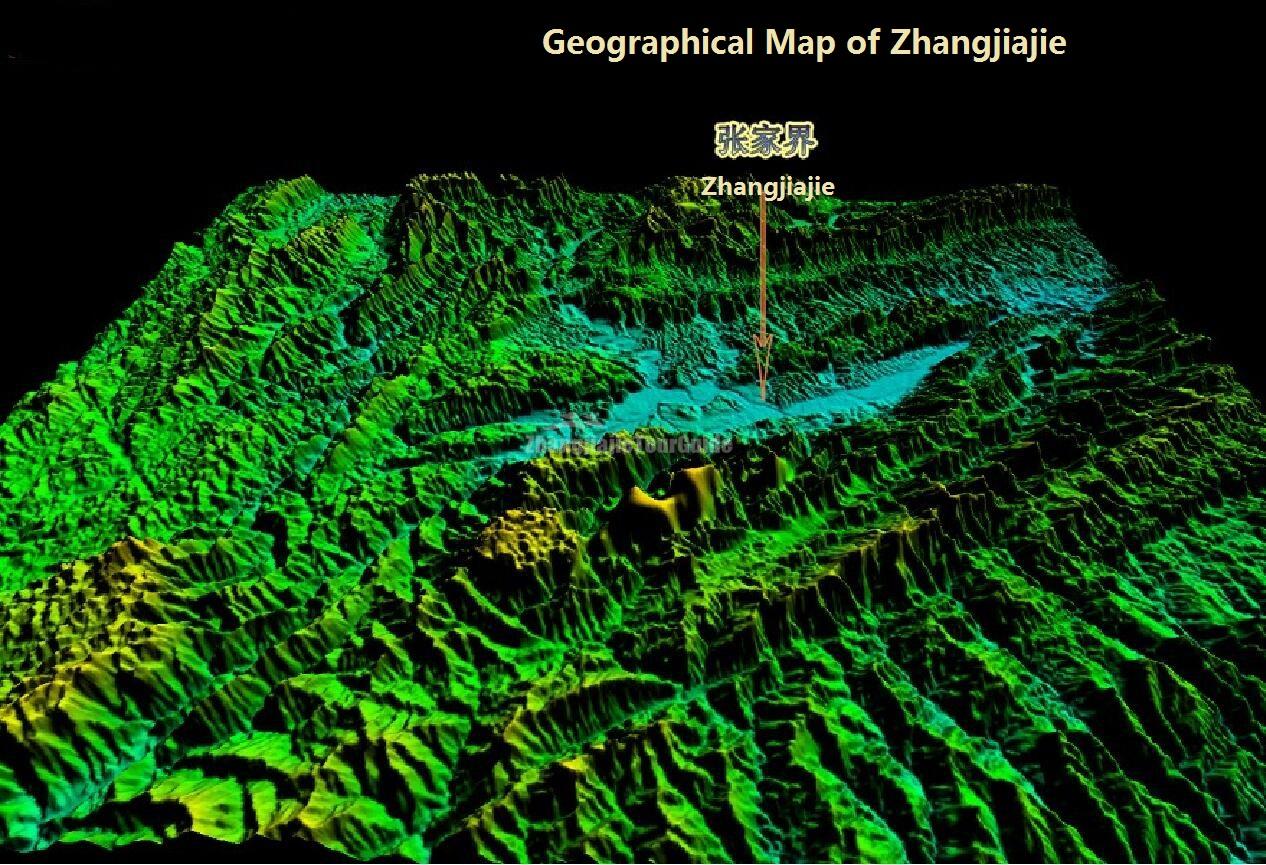
What is the Geological History of Zhangjiajie?
Zhangjiajie National Forest Park is renowned for its towering sandstone pillars, which are the result of a long and fascinating geological history.
Formation of Quartz Sandstone
Around 380 million years ago, during the Middle Devonian Period, Zhangjiajie was a shallow sea. Rivers and streams carried large amounts of terrigenous detrital material, such as quartz grains, from nearby landmasses into this sea.
Over time, these sediments accumulated on the seafloor, forming thick layers. The weight of the overlying sediments caused compaction, squeezing out water and air from the sediment grains.
Simultaneously, dissolved minerals in the water, primarily silica (SiO2), precipitated between the sediment grains. This process, known as cementation, bound the grains together, gradually transforming the loose sediment into solid rock.
The combination of compaction and cementation led to the formation of the quartz sandstone that characterizes Zhangjiajie's landscape. The table below summarizes the key stages in this process:
| Geological Period | Event | Result |
|---|---|---|
| Middle Devonian (380 million years ago) | Deposition of terrigenous detritus in a shallow marine environment | Formation of thick sediment layers |
| Millions of years | Compaction and cementation of sediments | Lithification of sediments into quartz sandstone |
Uplift and Erosion
The story doesn't end there. Around 200 million years ago, during the Jurassic Period, tectonic forces started to uplift the region. This uplift, associated with the collision of the Eurasian Plate and the Indian Plate, lifted the quartz sandstone above sea level, exposing it to the forces of weathering and erosion.
Sculpting the Landscape
Once exposed, the quartz sandstone, though relatively resistant, was not impervious to the forces of nature. Over millions of years, a combination of physical and chemical weathering processes, primarily driven by water and wind, sculpted the landscape into the dramatic formations we see today.
-
Physical Weathering: Freezing and thawing of water in cracks and crevices gradually widened and deepened these openings. This process, known as frost wedging, played a significant role in breaking down the rock. Additionally, wind-blown sand particles acted like sandpaper, slowly abrading the exposed surfaces.
-
Chemical Weathering: Rainwater, slightly acidic due to dissolved carbon dioxide, reacted with the minerals in the sandstone, dissolving and weakening the rock over time. This process, particularly effective along joints and bedding planes, further accentuated the vertical relief of the landscape.
The Formation of Pillars
The differential erosion rates, influenced by variations in rock resistance, the presence of joints and fractures, and the direction of prevailing winds and water flow, led to the formation of the iconic sandstone pillars. The weaker, more easily eroded portions of the sandstone were carved away, leaving behind the resistant pillars, standing tall like sentinels against the backdrop of time.
FAQs
Q1: What type of rock are the pillars of Zhangjiajie made of?
A: The pillars of Zhangjiajie are primarily composed of quartz sandstone.
Q2: How long did it take for the pillars to form?
A: The process of uplift and erosion that sculpted the pillars has been ongoing for millions of years.
Q3: What role does water play in shaping the landscape of Zhangjiajie?
A: Water plays a significant role in both physical and chemical weathering processes, contributing to the formation of cracks, crevices, and the overall shaping of the pillars.
note: This return of all, without the author's permission, may not be reproduced